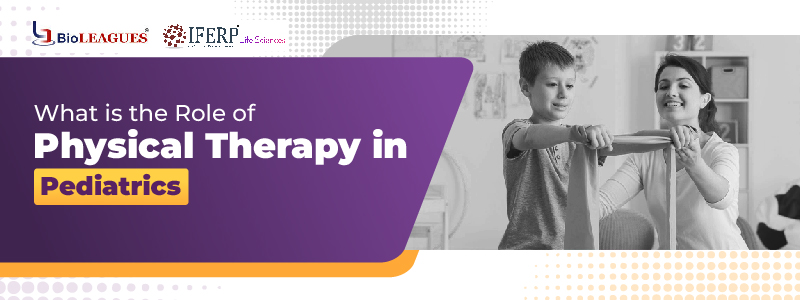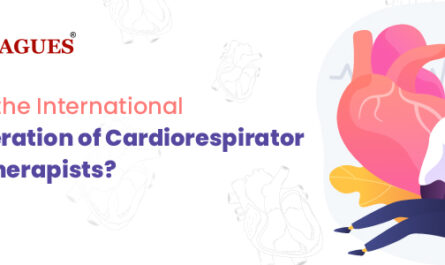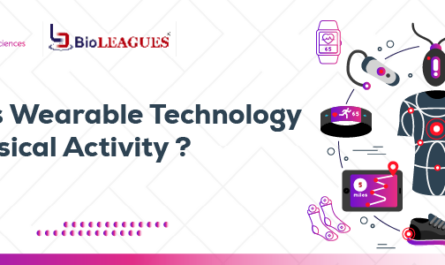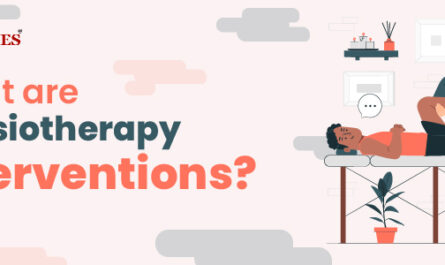Children are fragile, and their early development stage is crucial to enhancing the quality of their physical health and movements. Pediatric physical therapy aims to provide balance and heal many conditions by understanding factors like age, weight, and special conditions. Based on this diagnosis, pediatricians offer various approaches and treatment plans. Today, we are uncovering the role of physical therapy in pediatrics.
Famous Physical Therapy Approach Used by Pediatrics
Every child’s needs are different and require a unique approach. These are some famous physical therapy approaches pediatricians use to heal children and teenagers.
1. Bobath Approach:
This is the most widely used approach and can help children with brain injury, neurological conditions, and more. The activities suggested in this approach can be easily integrated into children’s everyday lifestyles. These practices help abnormal tones form a functional practice, making it easier for muscle tones to become normal. Many people attend the neuromuscular conference to learn more about these approaches and their applications.
2. Motor Learning Approach
This treatment is recommended especially for infants, as it benefits those with cerebral palsy. The various exercises used for this treatment are represented in world-renowned therapists’ workshops at the cerebral palsy conference. Here, you can meet industry experts and understand the best use of the motor learning approach.
3. Doman-Delecto Technique
This technique uses the idea that the neurological function and structure of the brain can be improved. This is achieved through specific daily physical and sensory activities for children with sensory-type disorders. Doman-delecto includes easy breathing exercises, sensory games like listening to specific sounds and coordinating arm and leg movements. You will get a chance to learn about more such exercises at the balance physiotherapy conference.
4. Margaret Rood Approach
This approach uses coordinated movements and controlled patterns to enhance functional movements. These exercises are used for children with neuromuscular disorders. The main aim of these is to use sensory-motor responses to improve physical health in a child. They also assist in better muscle function and strong body development.
5. Aquatic Approach
As the name suggests, this approach uses water to heal the patients. Water provides a good environment for exercising, as it is less painful. This approach has healed various conditions, such as cerebral palsy, muscular dystrophy, and orthopedic injuries. At the pediatric physical therapy conference, you will see demos and presentations of these techniques from the best neurosurgeons.
6. Vojta Therapy
Vojta therapy is a reflex-based approach that focuses on activating the movement patterns in children. It is used for children with motor development issues, delayed body development, and dysfunctions. Therapists apply pressure on specific body points, which helps revive body movements. This technique also improves public speaking and communication skills of children suffering from deformation around the neck area.
Types of Physical Therapy in Pediatrics
There are various therapies used in pediatrics that suit the needs of various children. Let’s see what these are:
Multimodal Stimulus
In this type of therapy, various visual, sound, and vestibular inputs are used to treat a child. The aim is to achieve a holistic improvement in a child’s motor and sensory development. Pediatric physical therapy commonly uses this technique as it provides fast and stable results and can satisfy various needs.
Therapists use fun ways to incorporate these exercises for toddlers and children, like musical games, sensory and visual exercises, and virtual reality simulations. Doing these regularly is beneficial for a child to achieve the development criteria of cognitive abilities and gain sensory and physical functions.
Stretching
This is the most common type of physical therapy widely used to provide visible results. Stretching helps joints and muscles retain their shape and avoid stiffness, which can cause body functional problems. Children need body mobility and flexibility as their bone shape changes and grows yearly.
Regular exercises can assist in better growth, as the muscles work harmoniously with the bones. Stretching can also help maintain good body posture and is a part of holistic therapy techniques.
Handling Techniques
Pediatrics can help to increase body mobility and avoid deformities of misplaced bones through handling techniques. This also increases a child’s emotional well-being when they feel connected to their doctors. Many pediatrics use the handling sessions to communicate with children and ask about their body problems. You can learn more about these techniques by attending the neuromuscular conference and upcoming neuroscience conference.
Microcurrent Therapy
Microcurrent therapy is a very gentle technique that is very beneficial for easing children’s pain. It helps increase tissue healing, which boosts the overall health and speed of pediatric therapies. Microcurrent therapy is usually clubbed with other techniques to achieve faster results. In this therapy, artificial current is given to the body, which is similar to the body’s natural biological signals.
This helps boost local blood circulation, which is helpful in increasing the natural healing process at the cellular level. Neurological disorders, chronic pain, and injury pain are healed using this therapy.
Visual Training
Children suffering from sensory perception and coordination issues can greatly benefit from visual training exercises. At the international neuroscience conference, you will learn the advantages of this technique in holistic development. It helps process visual information and coordinate and sync body movements, which is beneficial in daily life.
The main aim of these exercises is to help kids understand the importance of body awareness. Regularly performing these exercises can help kids control their posture and provide stability during activities like walking, running, jumping, and holding objects.
Neurodevelopmental Therapy
This is one of the most important physical therapies used by pediatrics for children. It aims to make children independent by giving them tasks that are to be completed in a particular manner. Daily practice of these tasks, clubbed with therapeutic and handling exercises, helps kids develop better functional and motor abilities. This is because these techniques increase coordination, control, and balance.
Neurodevelopmental therapy, which focuses on the root cause of problems, benefits many children suffering from delayed development. At the pediatric physical therapy conference, experts will teach you how this technique can help children with active engagement. Moreover, it is important to develop practical skills for children’s and teenagers’ daily lives.
Conditions That Are Healed Using Physical Therapy in Pediatrics
Pediatric physical therapy can heal many various conditions in children. Some are present by birth, and others are caused by different reasons. Let’s explore the most common conditions seen in children.
Neuromuscular Disorders
In this type of disorder, a specific part of the body is unable to coordinate with body functions. This makes it harder for a child to control their movements. The most common ones include
- Cerebral palsy is a condition in which children suffer from muscle and coordination issues caused by stiffness. These conditions are cured and neutralised using various physical therapies, such as handling stretching, motor control, and balanced approaches.
- Muscular dystrophy is a disorder which is present in the genes and causes muscles to become weak and out of place. Gentle physical therapy, like acupressure and massage, can help ease this condition.
- Physical therapy can cure spinal muscular atrophy and help avoid joint deformities through various exercises and functional tasks. It also helps improve respiratory health through regular breathing techniques.
Development Issues
These include common issues like children’s inability to stand, walk, or crawl properly. Pediatricians use easy games and exercises to get these development issues on track. Activities are used to strengthen and tone the muscles for better performance and coordination.
Orthopaedic Deformations and Disorders
Pediatric physical therapy benefits these disorders through special exercise plans. Many children suffer from deformed joints, muscles, and bones that can affect their daily movement. Common conditions include scoliosis, developmental dysplasia of the hip, and fractures.
Genetic Disorders
These disorders are present in children by birth and are caused by gene malfunctions and misplacements. The common ones include Down syndrome and Prader-Willi syndrome.Various exercises improve muscle tone and help build physical strength and motor movements.
Cardiopulmonary Conditions
Children who suffer from heart and respiratory issues need the guidance of a professional pediatrician. Various physical therapies allow the cleaning of air tracks, which helps in easy breathing. Moreover, cardiovascular techniques strengthen respiratory function. The most common of these conditions include congenital heart defects and cystic fibrosis.
Chronic Pain and Functional Disorders
Children suffering from chronic pain have trouble leading a normal life, which also affects their mental well-being. Through pediatric physical therapy, conditions like juvenile idiopathic arthritis and functional abdominal pain can be healed. Many experts form a specialised exercise routine that is made for each patient. This helps in better recovery and provides lasting results.
Sensory Disorders
Children who suffer from this disorder have difficulty responding to certain scenarios. These conditions can be improved by increasing the kids’ coordination and functional movements. Therapists use various audio, visual, and physical techniques to engage the children and improve their sensory abilities.
Conclusion
Pediatric physical therapy plays a major role in helping children of all ages and cures various conditions. Remember that pediatric physical therapists need to build an emotional bond with these young minds to provide them support during therapy. With the right treatment plans, regular exercises, and constant support, physical therapy can help change children’s lives.




